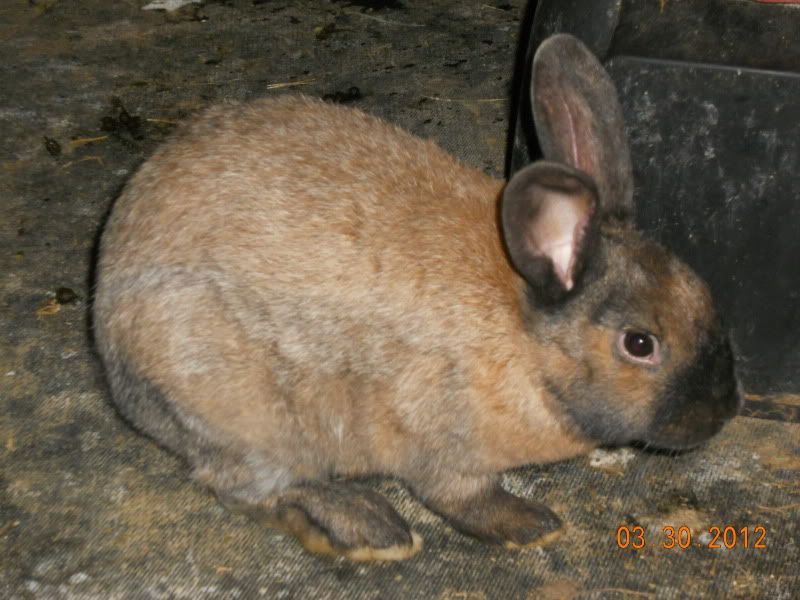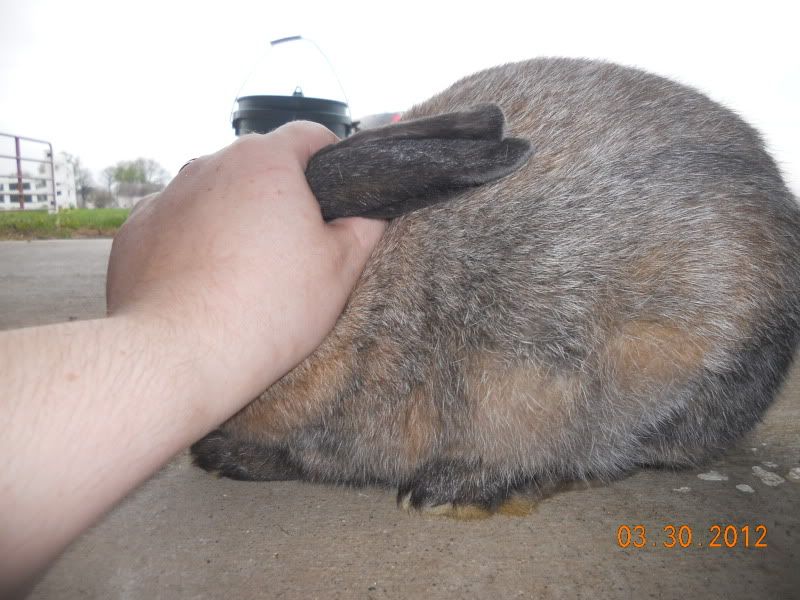When someone posts a question about a doe that isn't doing well with her first litter, the answer often includes the 3 strikes rule--that you don't expect all does to get it right the first time. Reading SEP Board's posts about the surprise litter and the unfed kits reminds me of last spring when we had a doe that didn't do well. First she kindled on the wire even though she had a nest box several days ahead. Then she didn't feed the kits. We tried her again and that time she used the nest box but only kept 4 of 11. That was the end of the road for her.
Our other does may have kindled once on the wire before they figured out the meaning of a nest box, but they all had enough milk to feed their kits. I think if I had another that didn't, I wouldn't try her again. It's so hard seeing those unfed or underfed kits slowly fade. But I was wondering if others have had does that were unable or unwilling to feed a first litter but did develop into good mothers with sufficient milk. And if one culled does that didn't feed a first litter instead of giving them a second chance would that "strike" be less likely to occur in the herd? How heritable is milk production? How consistent is it for an individual from litter to litter?
(The moderators may have to tell me "the question office is now closed until after supper" as I used to tell my home-schooled daughter when I tired of her endless inquiries.)
Our other does may have kindled once on the wire before they figured out the meaning of a nest box, but they all had enough milk to feed their kits. I think if I had another that didn't, I wouldn't try her again. It's so hard seeing those unfed or underfed kits slowly fade. But I was wondering if others have had does that were unable or unwilling to feed a first litter but did develop into good mothers with sufficient milk. And if one culled does that didn't feed a first litter instead of giving them a second chance would that "strike" be less likely to occur in the herd? How heritable is milk production? How consistent is it for an individual from litter to litter?
(The moderators may have to tell me "the question office is now closed until after supper" as I used to tell my home-schooled daughter when I tired of her endless inquiries.)























































